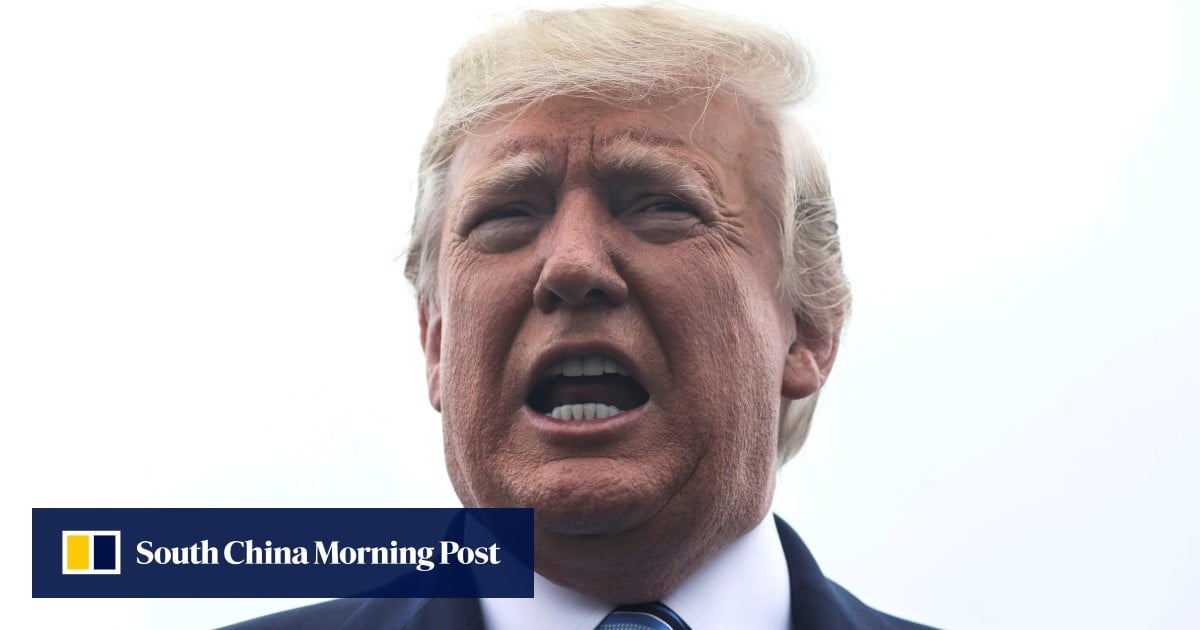SYDNEY – Australia’s new targets for carbon emission cuts by 2035 are expected to be delayed by several months as a result of Donald Trump’s return to the White House, likely pushing them out beyond the next election which is due to be held by May.
Energy Minister Chris Bowen said Australia’s Climate Change Authority had told him it needed more time to consider advice on what the 2035 targets should be, adding Trump’s election had created uncertainty over the global approach to climate change.
“We don’t know yet whether he’ll be able to abolish the Inflation Reduction Act,” Mr Bowen told Australian Broadcasting Corp radio on Dec 23. “That’s a negative if that goes. On the other hand, if the US is less interested in renewable energy investment, that investment’s got to go somewhere. And Australia will be right at the top of the list.”
Australia’s centre-left Labor government has attempted to reverse the country’s reputation as a global climate laggard. Shortly after coming to power, it legislated the nation’s first ever emission reduction targets, pledging to cut them by 43 per cent from 2005 levels by 2030.
Under the Paris Agreement, Australia is expected to commit to new targets for 2035 early next year. However, Climate Change Authority Chairman Matt Kean said it would take longer to come up with a recommendation on how much to cut.
“The election of Donald Trump, his statements on climate change and positions on energy policy are likely to have a global impact,” Mr Kean said in an interview with the Sydney Morning Herald newspaper. “Due to this extra work, we will require more time to deliver the target’s advice. We expect to be able to deliver this work in several months’ time.”
The delay almost certainly means the 2035 target announcement will come after the next election, which must be held by May 17. Both sides of Australian politics have pledged to reach net zero by 2050, however the opposition Liberal-National Coalition has refused to set short-term targets so far.
Separately, on Dec 19 Australia approved a A$4.8 billion ($4.05 billion) transmission project to connect more renewable energy to its main grid, including from a massive hydropower project that has been plagued by delays and cost overruns.
The clearance comes as the nation undergoes one of the world’s fastest transitions away from a grid heavily reliant on coal-fired power plants to solar and wind generation, which require batteries or hydropower to back them up when the sun doesn’t shine or gusts don’t blow.
The issue of how to ensure stable supplies has become increasingly political ahead of elections, with the main opposition party last week laying out a A$331 billion plan to create a nuclear power industry.
The HumeLink project will construct 365 kilometres of high-voltage cables between three towns in New South Wales state, allowing the connection of 3 gigawatts of renewable capacity, including 2.2 gigawatts from Snowy 2.0, Environment Minister Tanya Plibersek said.
The opposition’s nuclear plan “takes too long, costs too much and puts up power bills” as well as threatening investment in renewables, she said.
HumeLink has been plagued by cost overruns and concerns over the impact the overhead lines could have on local communities. Meanwhile, Snowy 2.0 was originally set to cost A$2 billion and be completed this year, but that has ballooned to an estimated A$12 billion and commercial operation in December 2028 after a series of setbacks including collapsed tunnels that trapped drilling machines. BLOOMBERG
Find out more about climate change and how it could affect you on the ST microsite here .

 By The Straits Times | Created at 2024-12-23 08:59:05 | Updated at 2024-12-23 12:41:01
3 hours ago
By The Straits Times | Created at 2024-12-23 08:59:05 | Updated at 2024-12-23 12:41:01
3 hours ago








